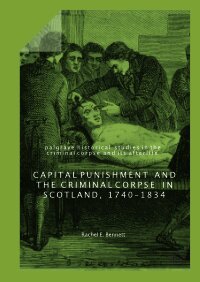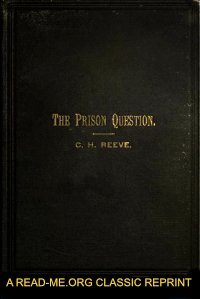By Jan Gorecki
From the Preface: Capital punishment is today among the most controversial problems in America. On the one hand, the heat of the controversy exceeds the weight of the problem; as is pointed out in this book, it is not the presence or absence of capital punishment but other legal reforms that are essential for effective functioning of the criminal justice system in this country. On the other hand, however, whether we send criminals to the gallows presents a moral dilemma of utmost importance. Owing to the heat of the controversy, recommendations abound both for and against retaining the death penalty. This book does not explicitly support either of these stands; the purpose here is to understand rather than to recommend. More specifically, the purpose is to analyze and explain what has occurred to the death penalty in the United States and to anticipate cautiously what may occur in the future. This does not, however, mean that the book is void of practical implications. If a reader accepts the analysis and explanation to be offered, he may, and probably will, be aided in accepting a stand on what the legal system should do—abolish the death penalty or retain it.
The book starts with a brief analysis of the law of capital punishment. It is a vacillating and confused law, recently shifting from near-abolition to retention. Its development is influenced by a clash of two conflicting forces—the general tendency of social evolution toward milder criminal sanctions and the increasingly punitive attitudes in America today. These two forces are scrutinized and accounted for in the second and third parts of the book. The scrutiny not only explains the development of the law but also throws some light on the future of the death penalty in America.
NY. Columbia University Press. 1983. 163p.












